Lamu, should be on your ‘top places to visit at least once in a lifetime’-Bonita
Imagine this. You wake up in an ancient town in Kenya. Lamu Old Town. The sounds of the waves lapping the shores float into your room, slowly, in synced symphony. If you listen closely, it becomes music calling you to step out.
Curious, you sit up and rub your eyes. Perhaps you are dreaming. The king-size bed holding you in feels like an ocean itself, but the sun rays bathing the whitewashed walls beyond is the motivation you need. You rise and walk to the huge Zanzibari door, and pull it towards you, the first thing you see of the ocean dotted with Swahili dhows floating at the first golden streaks of sunrise heralds you to a new day. Then it hits you that you are in paradise and you are not dreaming. You are in Lamu.
Your thoughts are then interrupted by the sound of whistling palms, stories of the last set of fishermen off-loading their catch and a strong aroma of brewing coffee downstairs in the kitchen.


When you think of paradise what comes to mind? I’ll bet escaping civilization, forgetting the hustle and bustle of the city tops your list. Few of these places remain in the world and Lamu Old Town is one of Africa’s best kept secrets. Lamu Old Town is the oldest and best-preserved Swahili settlement in East Africa.
Getting there
Far off the Kenyan coast, the magical island keeps its charm away from the world.
The easiest way to get to Lamu Island is to fly with Jambojet into Manda Airport located on neighboring Manda Island. Currently, Jambojet flies to and from Lamu every Monday, Wednesday, Friday and Sunday from Nairobi.
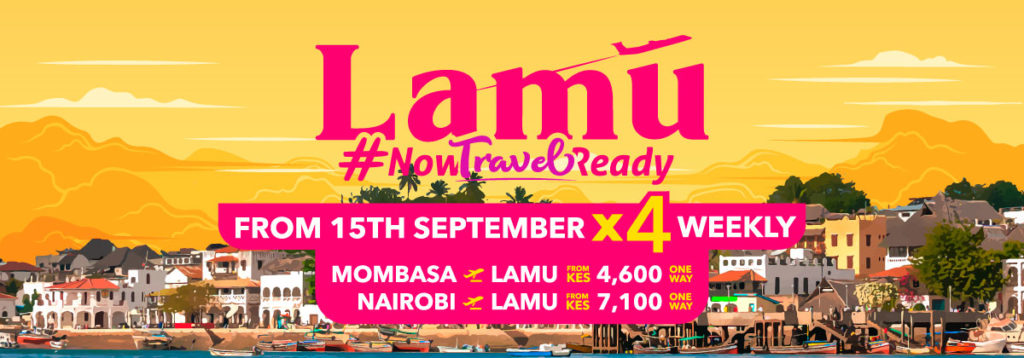
This doesn’t mean you can not fly to Lamu on the remaining days of the week using Jambojet. You can fly to other coastal cities like Diani, Mombasa and Malindi from Nairobi then use other airlines to fly to Lamu. The main airport is in Manda Island, then only way to get to Lamu Island is using a boat from Manda Airport.


The Harmony of Nature
Lamu Town comes into view while approaching the Lamu island. The unadulterated beauty strikes you right from dhows rocking lazily along the 12km of beach to the unpretentious Swahili settlements and grand forts.
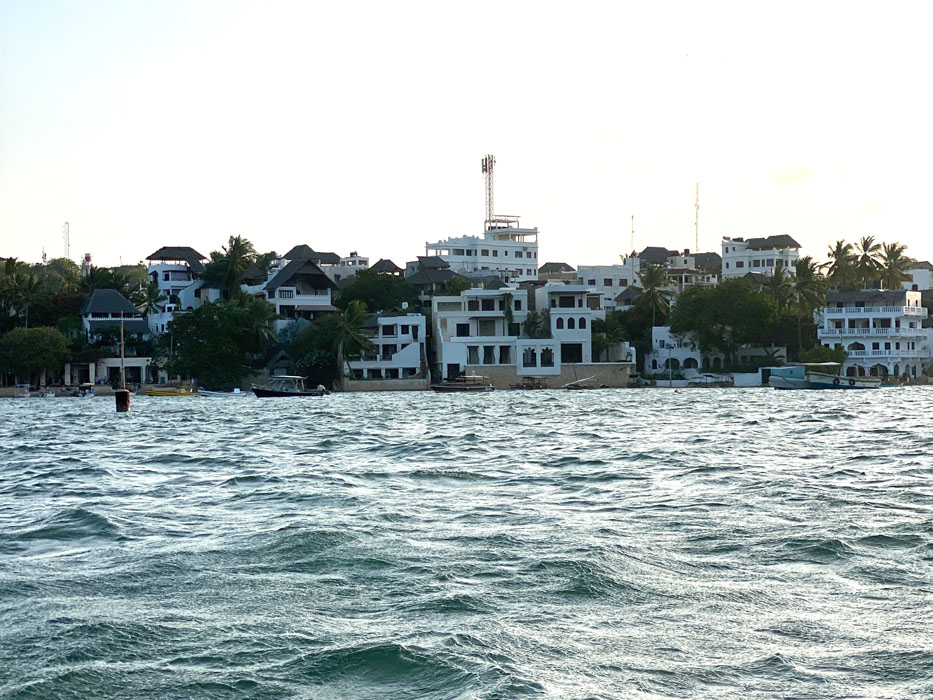
The palm fringes that seamlessly blends the mainland with the ocean, swing by revealing the rooftop verandas that are unique to Lamu.
Stepping into the town is like stepping back in time. You are welcomed by narrow labyrinth-like streets lined with donkeys and donkey carts which are the only means of transport in the non-motorized town.

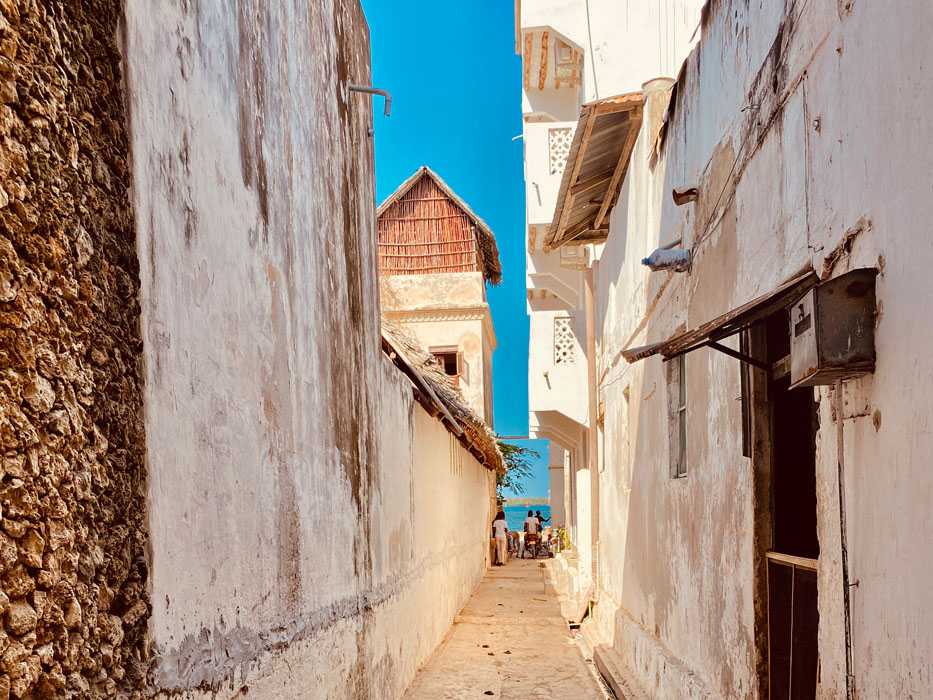
A feeling of calm sets in, inviting you to let go. The natives are famously unhurried people who will influence you to stop and take in your surroundings. Additionally, your attention is caught right from the intricately curved doors to the inner courtyards which invite you to sit and relax.
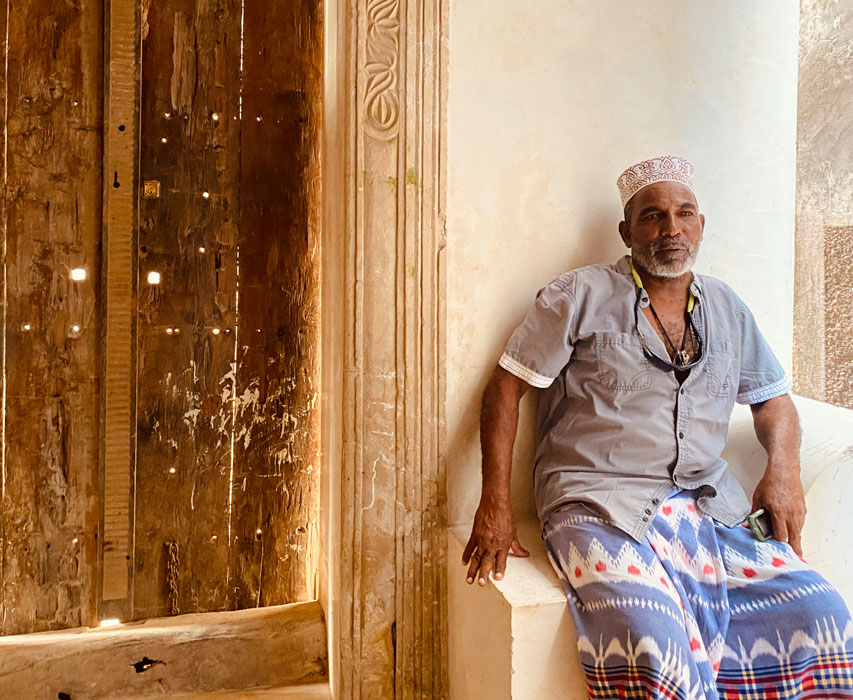
Additionally, you can set up on the palm-fringed coast or lounge on the white sand beaches of the island watching the evening sink further into the horizon.
History in a Bubble
Lamu Old Town is a UNESCO world heritage site for good reason. As the name suggests, the town has managed to maintain its cultural integrity and authenticity even in modern day. Within its space lies a repository of cultures, tastes and sounds dating back to the 1700s.
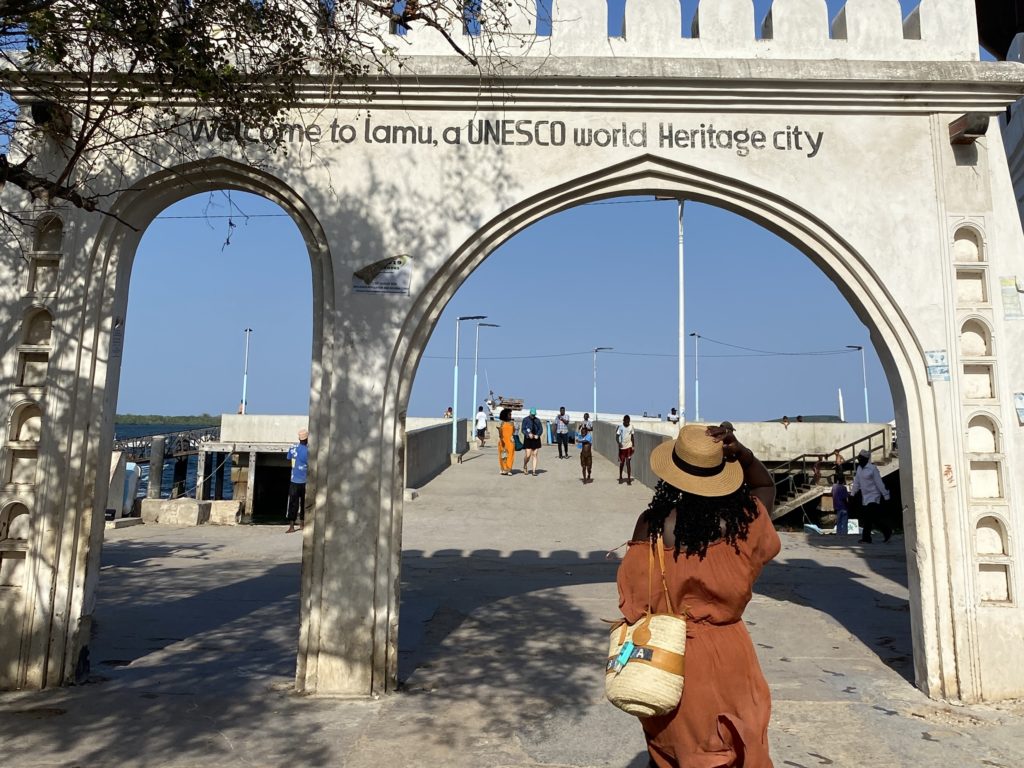
What stands out about Lamu is how effortlessly even the natives who have continuously inhabited the island 700 years later have maintained their authenticity.
The town over the years has been inhabited by the Swahili, Arabs, Persians, Indians and Europeans who have infused different distinct aspects.
The coalescing of these cultures stands out in the architectural style, narrow alley ways, impressive curved doors, influenced by unique fusion. Each of these features as much as a statement of beauty is steeped in history. Most of these architectural time pieces are sustainably constructed from coral and mangrove poles.

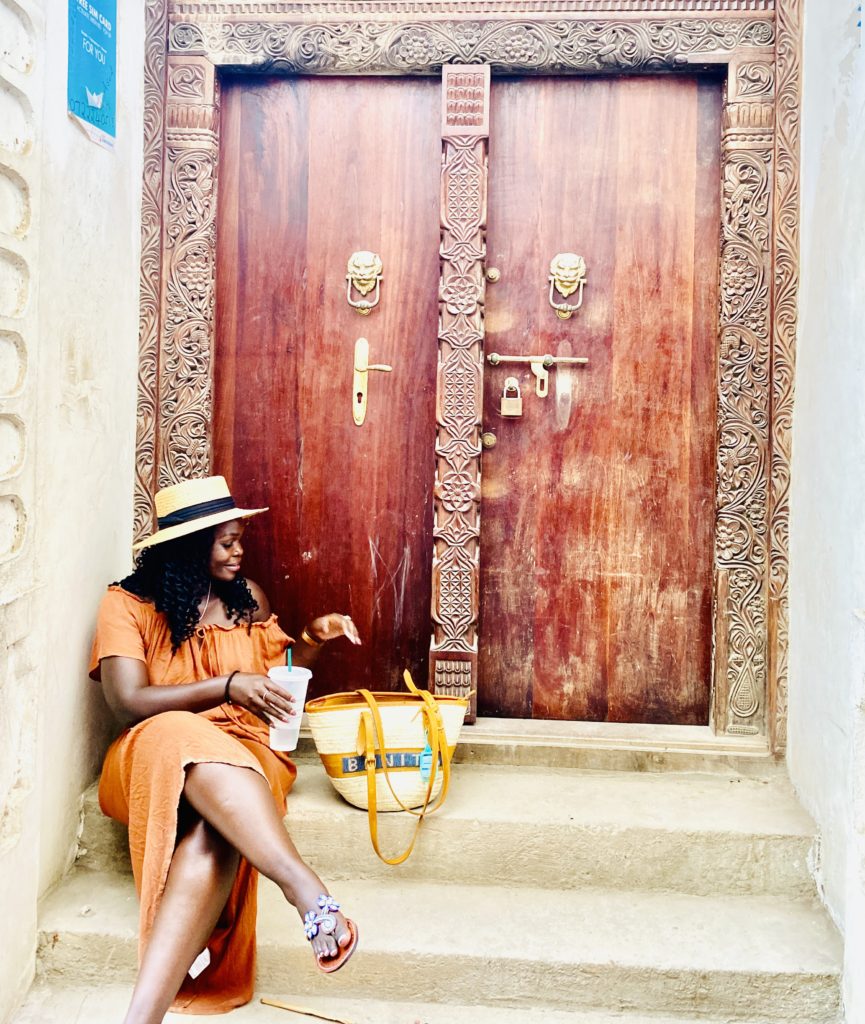
A good place to understand this history is the Lamu museum housed in a grand Swahili warehouse on the waterfront. Here you are introduced to exhibitions on domestic life, boat-building and cultural artifacts. The photographic displays of traditional life and fashion especially are fascinating to see and Local guides are also available to walk you through.
A Cultural Infusion
The fabric of Lamu Old town is interwoven with the strong cultural influences that have been imprinted throughout its history. The town has hosted different cultures and races over the years and has become sort of a gateway of culture.
The Swahili culture blends all these influences beautifully to become the most distinct culture. To date the town is a renowned repository for Swahili Culture identified mostly by the sounds of Slow-moving music Taarab, tropic fruits, exotic spices, and fish recipes.
As an Omani protectorate, Lamu Town established a place for itself as a center of arts and crafts thriving in poetry, music, and politics. It also became a literary center seen even today with scholars choosing to spend their time there.
While different ethnic groups exist in Lamu, its greatest population is Muslims. It attracts scholars of Islamic religion and Swahili culture and hosts major Muslim festivals.
The Burst of Senses
Sugar, Spice, an everything nice! Walking through the streets of Lamu Old Towns market you will be enthralled by how much these things stand out. The rich culture of the town provides for its diverse range of culinary experiences ranging from sweet treats to fresh seafood.

Be sure to be delighted by the delicate balance of sweet and sour of age-old recipes passed down in these cultures. Prepared and shared with love these cuisines are impossible not to fall in love with.
Likewise, you can collect souvenirs from the colourful food and spice market and traders. Handmade Swahili furniture, reed hats, baskets, antiques, jewellery, and paintings are just a few of the traveller’s favorites and a strong statement of style.

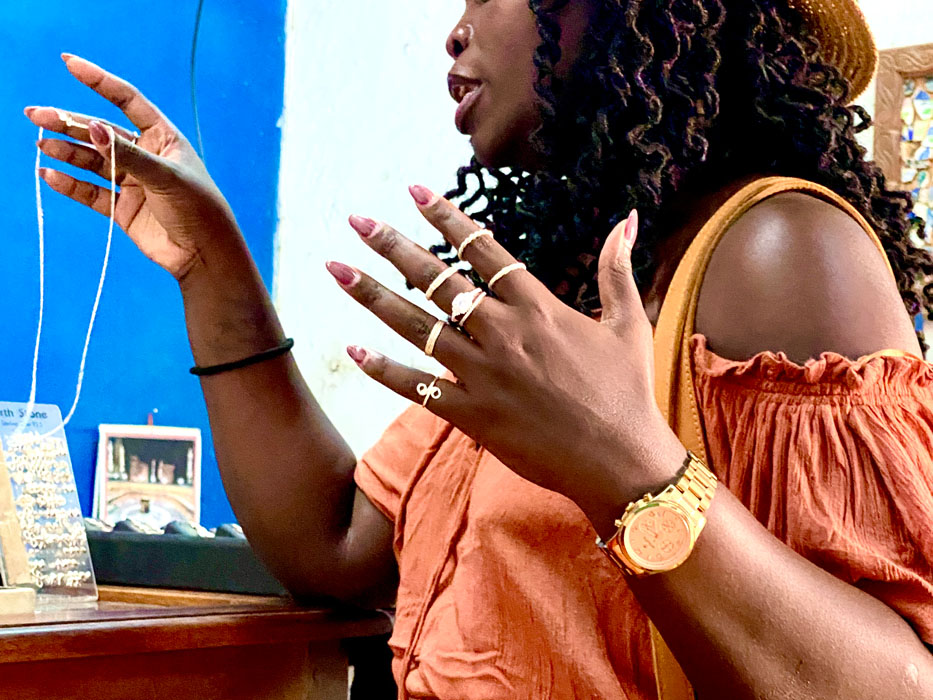

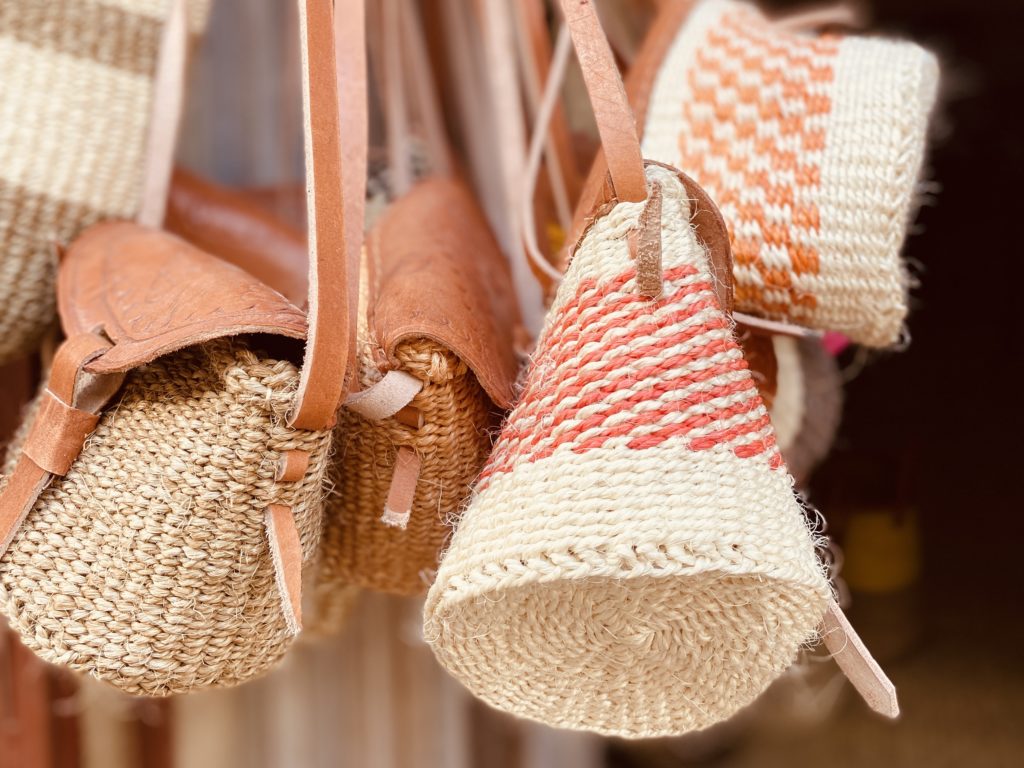
Local ladies are also willing to paint your hands with beautiful patterns made from the local dye (henna) if you feel that adventurous.

Forodhani House
You will want to stay a little longer to soak in all the goodness of Lamu and a good place to stay is the famous Forodhani House. Still in the archipelago, a 15-minute sail away from Lamu Island is Shela Island. The island hosts the magnificent Forodhani House a beautiful beachfront villa with 5bedrooms. The house borrows from both Swahili and modern influences tastefully blended to provide a luxurious feel for its guests.
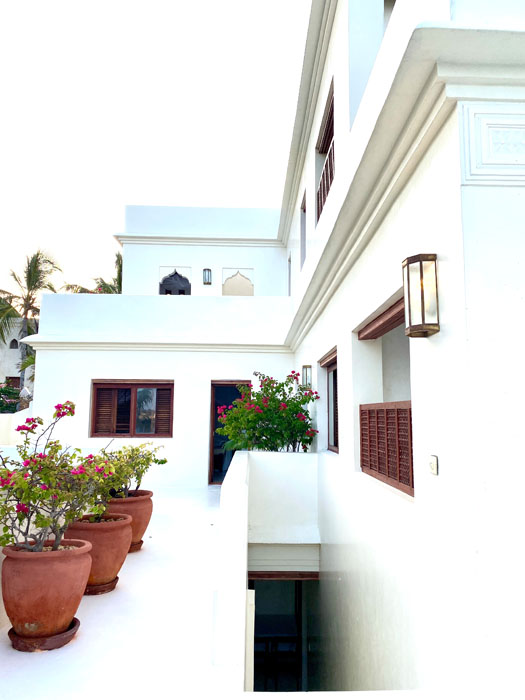
The elegant white house stands out beyond the pristine beaches with palms providing the perfect backdrop. A high carved teak door inscribed with the words “Forodhani house” welcomes you in.
The house was built by the best of Lamu’s crafts men and it is evident in its precision and elegance.
Forodhani’s interiors of the house are tastefully furnished with cultural artefacts and elegant woodwork which compliments the white walls. The house is the definition of minimalist sophistication.
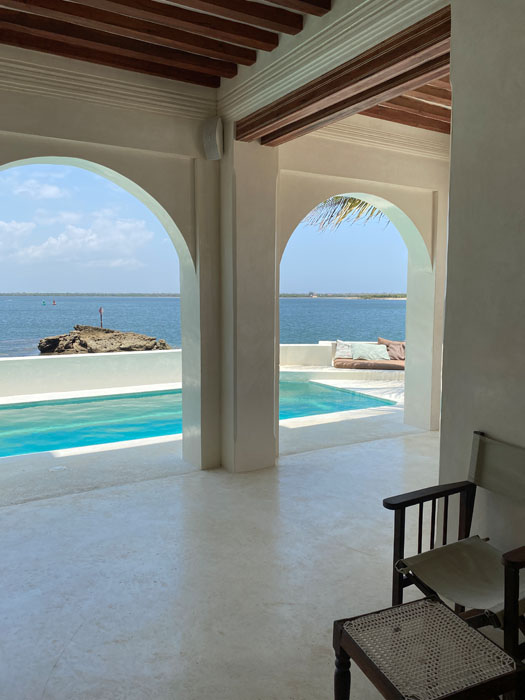
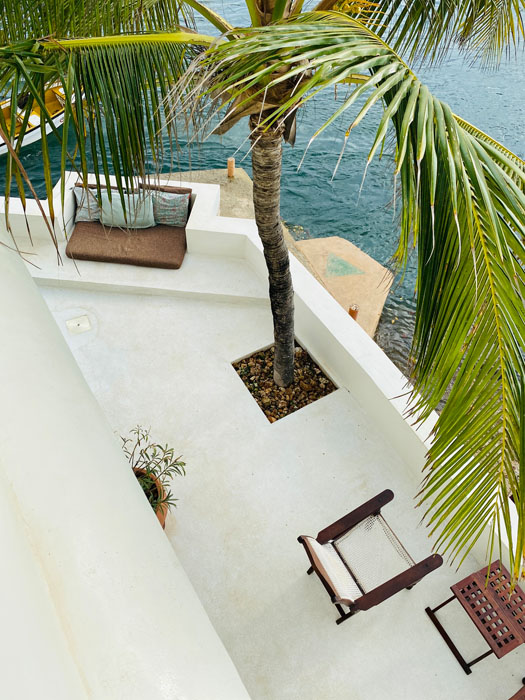
Most of the rooms are quite open providing an airy ambience and sweeping views of the ocean and town. Specially crafted nooks stand out in each room from arches, old chests, and-woven rugs, antique coffee-tables, and old chests. The house boasts of 270° views of the ocean and the neighbouring Lamu town
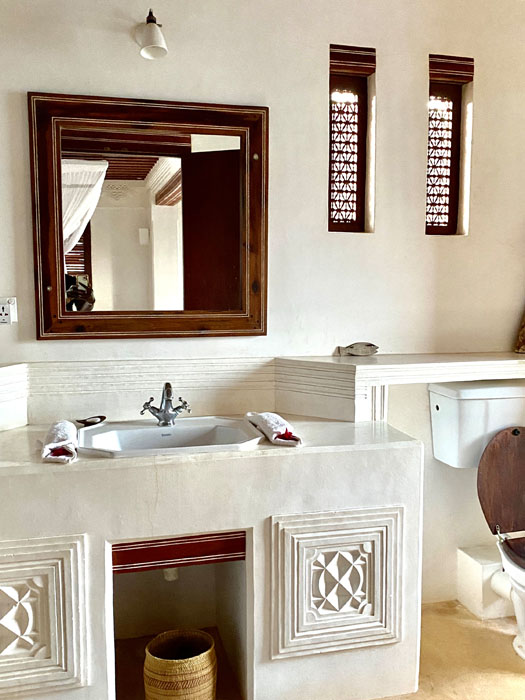
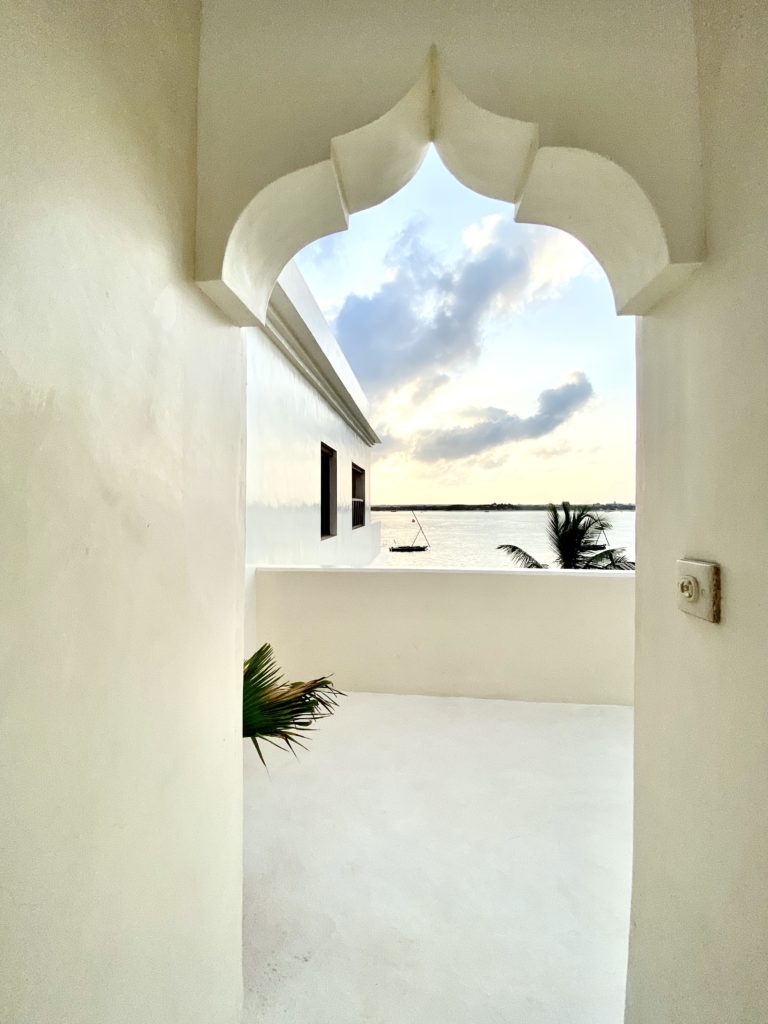

The house comes with 5 professional, friendly staff, among them an excellent cook. The staff have quite the reputation for curating bespoke experiences of the guests.
The strategic location directly on the beach makes it quite ideal for friends’ getaways and family holidays. A good day in Lamu can start with a two-hour visit of Lamu old town, followed by a nice sundowner cruise deep across the mangrove forest.


Some of the amenities of the house include 4 double bedrooms, a single room with 3 single beds all with en-suite bathrooms Collectively, the house can comfortably host 12 guests.
Outside is a shaded terrace and palm trees, with colourful trees and garden that add a touch of colour and vibrancy to the property. The ground floor opens to a pool, a spacious kitchen and a beautiful dining terrace and lounge area.
The pool which stretches along one length of the house provides the perfect spot for activities. The breathtaking views of the palms and the ocean beyond provide the perfect view for an afternoon cocktail, a morning dip, or just lazing in the water as you enjoy a book or conversation with family.

The staff provides housekeeping and can arrange activities for guests. The Forodhani house provides a personalized stay for guests in a homelike setting. They take care of everything, so that you can make lasting memories there.
Guests enjoy in-house meals sourced and prepared by the staff who are often at your service. With options to have dinners served by the pool, in the garden, under the arcades or on the terrace overlooking the beach or on the roof terrace you are spoilt for choice.
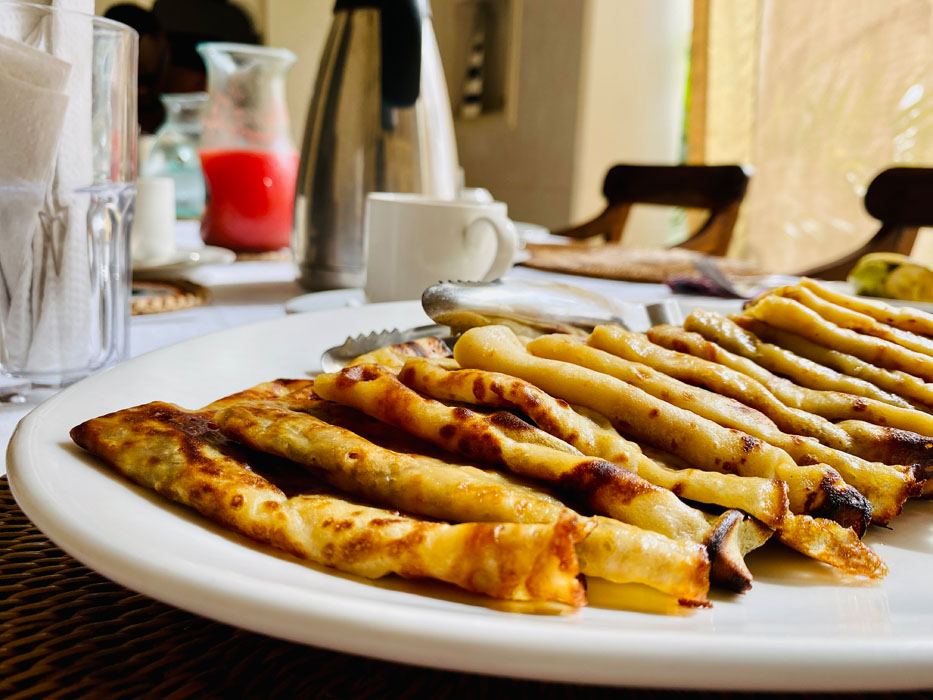
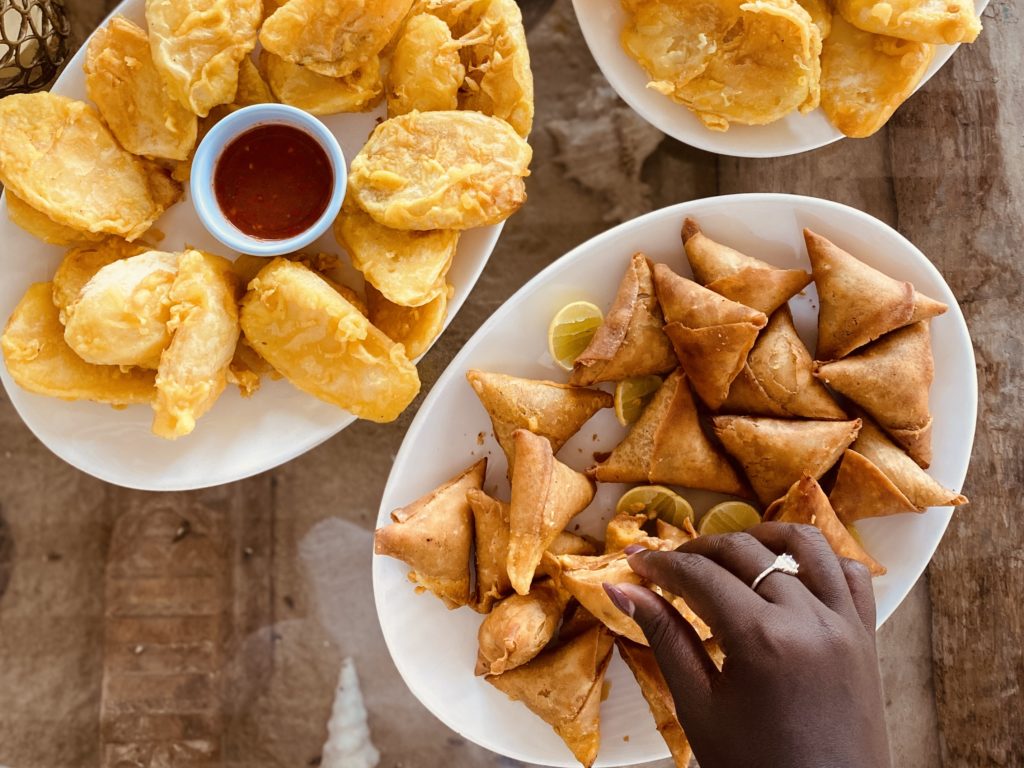
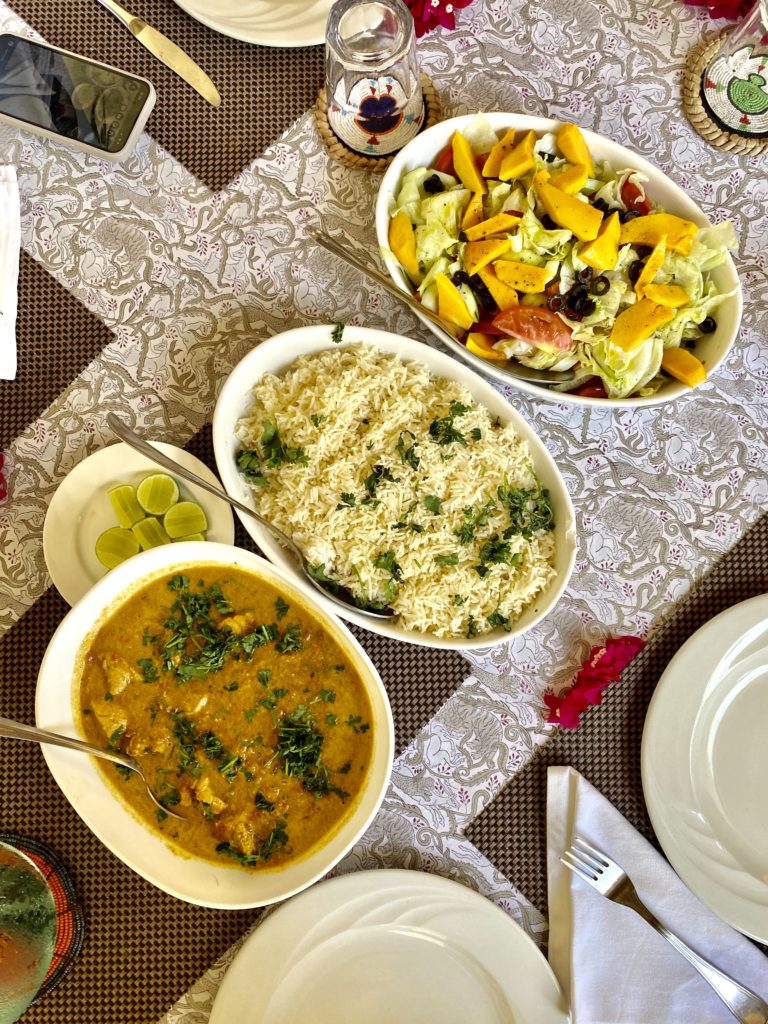
Complimentary packages can arrange for fun activities on the ocean like kite-surfing, snorkelling, diving, fishing and sailing.
To book your stay at Forodhani House Kindly send them a message on their Instagram page.
To book a flight to Lamu with Jambojet click here.





The Nakuru Vlogger
13 April
Aah the details are so well done! Can’t wait to travel to Lamu